The Cascade Tunnel
by Andrew Boyd
Today, the tale of a tunnel. The University of Houston's College of Engineering presents this series about the machines that make our civilization run, and the people whose ingenuity created them.
Mountain ranges are beautiful. They're also an impediment for those trying to get from one side to the other. You can't go around them, so you have to go over them or through them.
In the late 1800s the Great Northern Railway faced a problem. The Cascade Mountains stood between the Puget Sound in Washington and the rest of the country. The existing rail line consisted of steep switchbacks as it carved its way through Stevens Pass. Travel was tough enough in the summer, but the snows of winter frequently shut things down altogether.
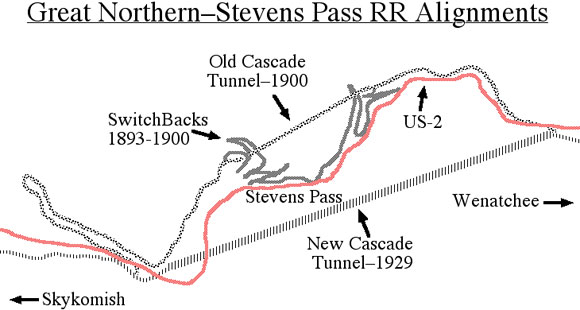
So in 1900 the railroad opened a two and a half mile tunnel through the mountains. It helped alleviate the problems with snow, but it didn't eliminate them.
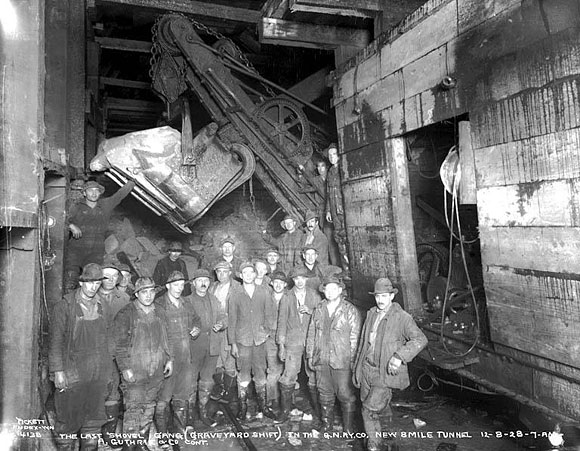
Ten years after the tunnel opened, the surrounding area was hit by an especially strong blizzard. Snow fell for nine days at a rate of up to a foot an hour. Two trains became trapped at the depot on the western side, one a passenger train, the other a mail train. The snow turned into rain which in turn unleashed one of the deadliest avalanches in history, and the deadliest in the U.S. Ninety-six people were killed as the train cars were swept off their tracks, down an embankment, and buried in snow and water. The last human remains weren't pulled from the wreckage until the month of July.
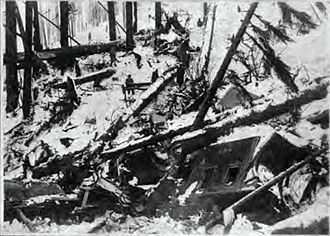
In part due to the recurring problems with avalanches, the tunnel was replaced thirty years after it opened. The new tunnel was, and is, the longest in the U.S., covering a distance of almost eight miles.
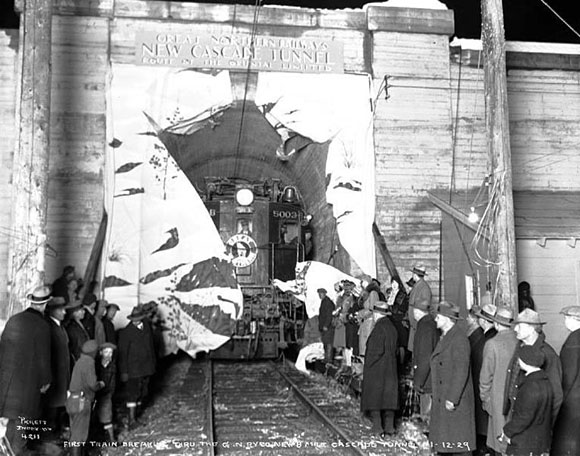

While it's less avalanche prone that its forebear, the surrounding Tunnel Creek region is still quite dangerous. The area again gained notoriety in 2012 when an avalanche took the lives of some expert skiers, a story that received expansive coverage in the New York Times.
Fumes in the tunnels were a persistent problem, especially in the new, eight mile tunnel. The first solution was to introduce engines that ran on electricity. They were used like tugboats, pulling trains through the tunnel. In the 1950s a ventilation system was built saving the time and expense of coupling and uncoupling the electric engines, not to mention the cost of maintaining them. The early ventilation system took an hour to clear the diesel fumes before another train could enter. That time's since been reduced, taking about twenty to thirty minutes. That's still enough that it remains a bottleneck in the overall rail network.
Among the many routes the tunnel now services is one of Amtrak's busiest, the Empire Builder. The Empire Builder originates in Chicago and runs parallel to the Canadian border on its way westward, stopping in such far flung locations as Fargo, North Dakota, and Glacier National Park in Montana.
The Cascade Tunnel lives in relative obscurity. People don't flock to its entrances. It's not on any bucket lists I'm aware of. If people only knew of its storied history ...
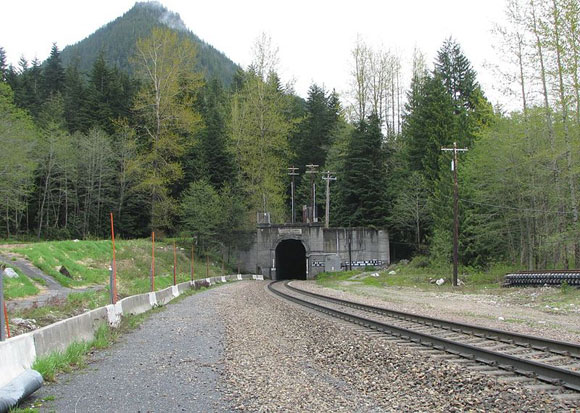
I'm Andy Boyd at the University of Houston, where we're interested in the way inventive minds work.
(Theme music)
Notes and references:
Cascade Tunnel. From the Wikipedia website: https://en.wikipedia.org/wiki/Cascade_Tunnel. Accessed February 12, 2013.
The Great Northern's Cascade Tunnel. From the website: http://www.american-rails.com/cascade-tunnel.html. Accessed February 12, 2013.
Snow Fall: The Avalanche at Tunnel Creek. From the New York Times website: http://www.nytimes.com/projects/2012/snow-fall/#/?part=tunnel-creek. Accessed February 12, 2013.
Wellington, Washington Avalanche. From the Wikipedia website: https://en.wikipedia.org/wiki/Wellington,_Washington_avalanche. Accessed February 12, 2013.
All pictures are from Wikimedia Commons.
This episode was first aired on February 14, 2013.